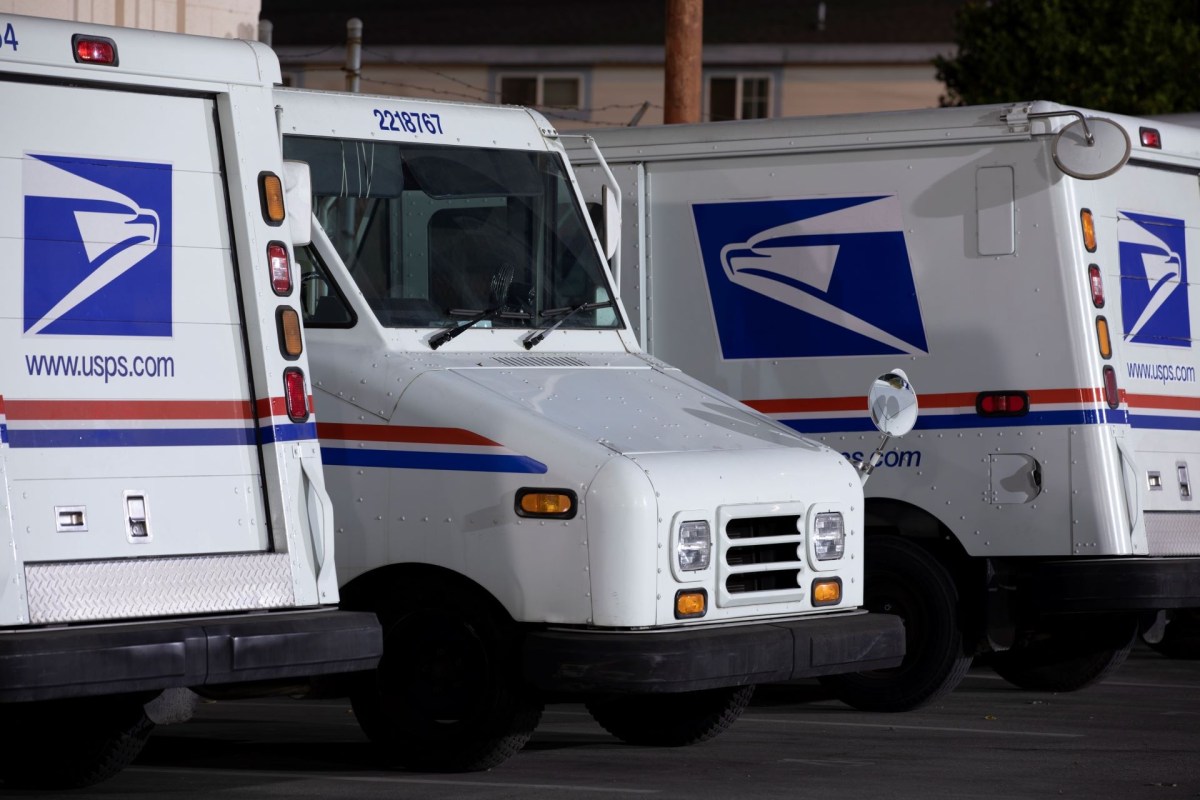The United States Postal Service (USPS) is making a big push toward electric vehicles, and there's a lot to learn about why it's turning its fleet electric.
What is the USPS doing?
In December 2022, the USPS announced its intentions to deploy nearly 66,000 new electric vehicles (EVs), which would seriously modernize the government's biggest (and oldest) fleet.
But the move to purchase 66,000 EVs isn't the only strategy the USPS has pursued to electrify its fleet. In late February, the USPS also announced that it would be installing over 14,000 EV charging stations nationwide, which will help it expand its fleet.
Thanks to the newly passed Inflation Reduction Act, $3 billion will help fund the addition of these chargers, making the total investment in fleet electrification close to $9.6 billion.
The USPS aims to buy only EVs for its Next Generation Delivery Fleet by 2026.
Why is the USPS buying electric vehicles?
The USPS is investing in electric vehicles for a few reasons. First, upgrading electric delivery vehicles is a part of the federal government's larger plan to electrify its vehicles.
In a press release, John Podesta, the Deputy Chief of Staff at the White House, explained that the move "sets the postal fleet on a course for electrification … and places USPS at the forefront of the clean transportation revolution."
But beyond the government's plans to modernize its fleet, there are other reasons why it's going big on EVs. One clear purpose is to reduce asthma-causing and planet-warming pollution from being spewed all across America.
Since USPS vehicles make trips throughout the country's communities, ensuring they aren't harmful to the people they're supposed to serve is critical.
Finally, it's clear that EVs significantly drive down fuel costs, meaning that by electrifying its fleet, the USPS can cut costs, too.
TCD Picks » Upway Spotlight

Join our free newsletter for weekly updates on the coolest innovations improving our lives and saving our planet.














